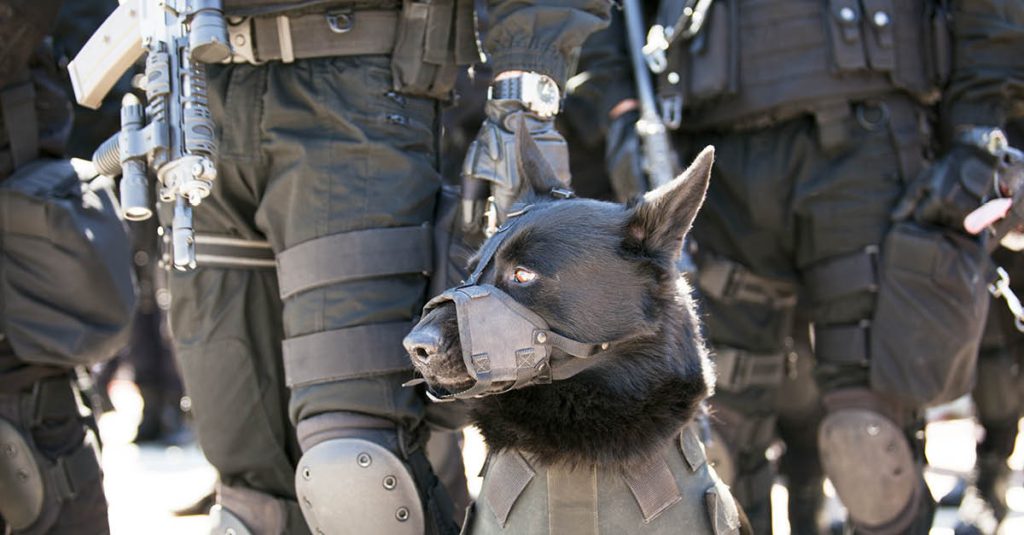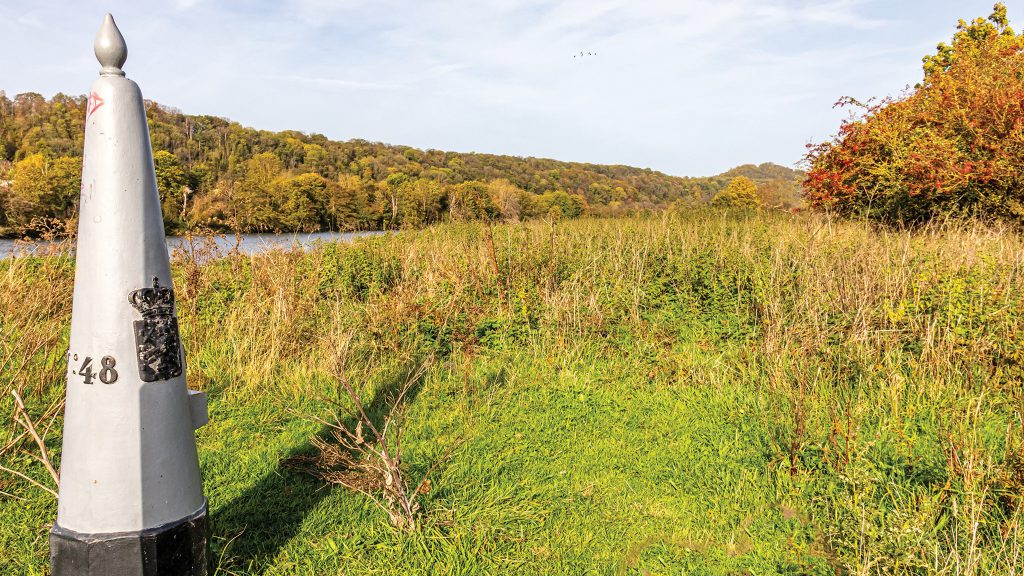AI technology will enhance border security, improve efficiency, and streamline operations
Artificial intelligence (AI) is revolutionising border protection. Over the past few years, many countries have invested heavily in AI technology to enhance border security, improve efficiency, and streamline operations.
Enhancing border surveillance is one of the ways AI is changing border protection. Cameras powered by artificial intelligence can scan large numbers of people and vehicles in real-time, detecting anything that looks suspicious. An analyst can use this information to identify potential threats quickly and efficiently and take the necessary measures to prevent security breaches. Technology can also help track movements across borders and identify patterns of activity, which can be used to predict future threats.
Authorities, particularly in the United States and the European Union, have moved quickly to integrate “smart border” capabilities into their operations, heralding a potentially game-changing moment for the ability of governments to patrol their borders. Using AI-powered drones and robots to patrol borders provides increased coverage and reduces the need for human intervention in potentially dangerous situations.
Last year, Anduril Industries, a defence technology company, deployed autonomous surveillance towers along the US-Mexico border. These towers are equipped with cameras, sensors, and AI to detect and track people and vehicles trying to cross the border illegally. Thanks to their solar-powered design and remote management system, the towers can operate autonomously for up to six months without human intervention. The towers’ AI technology can distinguish between animals and humans, identify the direction of movement, and alert border patrol agents in real-time when it detects suspicious activity. These autonomous surveillance towers have proven to be successful in reducing illegal border crossings and enhancing border security.
A European Union-funded project, ROBORDER aims to develop an integrated border surveillance and security system. The project utilises a range of advanced technologies, including drones, robots, and AI-based software, to enhance border patrol agents’ security and surveillance capabilities. A network of sensors, cameras, and unmanned vehicles detects and tracks suspicious activity along the border. AI-based software processes the data collected by these devices to identify potential threats and alert border patrol agents in real-time. Research into AI’s ethical and legal implications in border security and surveillance is also part of the ROBORDER project.
Aero India 2023, one of the largest air shows in Asia, witnessed a significant development in the defence sector as the Indian Army’s Captain Vikas Tripathi unveiled AGNI-D, an AI-based surveillance software. The software prevents transgressions in the Eastern Ladakh sector, a region of strategic importance due to its proximity to China.
AGNI-D can recognise any movement, weapons, vehicles, tanks, or missiles captured by Army surveillance cameras, both live and recorded. With advanced algorithms, the AI-based system analyses video footage and identifies movement along the border, alerting soldiers of suspicious activity.
AGNI-D represents a significant step towards automating border posts and surveillance centres. This software will help the Indian Army to improve the efficiency of its border security operations and prevent any infiltration attempts.
The development of AGNI-D is another testament to the growing importance of AI-based technologies in the defence sector. As a clear indication of the Indian Army’s commitment to strengthening its defence capabilities, this is a significant achievement. India can secure its borders and maintain peace by deploying the software in the Eastern Ladakh sector.
AI will most likely play an increasingly important role in border protection in the coming years. There is no doubt that more and more countries will turn to artificial intelligence to protect their borders in the future, as the technology offers significant benefits in terms of improved security and efficiency.





